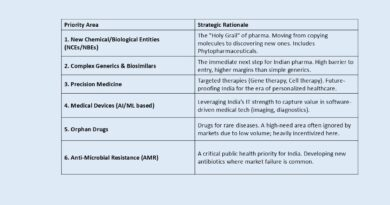Nuclear fusion recent breakthrough
Context:
A breakthrough in nuclear fusion research has been reported by the Lawrence Livermore National Laboratory in California.
Background
The fusion technology experiments were carried out in National Ignition Facility of the research laboratory.
Details
- The researchers used laser to heat pellets of tritium and deuterium. The small area of target produced enough heat to make the atoms fuse and produce energy. About 1.3 mega joules of energy was produced.
- The energy produced is not significant enough in terms of general practice but is very important when fusion technology is concerned.
Nuclear fusion
- It is a process in which several smaller nuclei are combined into a large single nucleus with subsequent release of energy.
- Nuclear fusion is a form of unlimited renewable energy. The same process happens on the surface of Sun and powers it.
- The process is preferable because it produces no long radioactive waste, do not emit carbon dioxide and inexhaustible.
Achievement of breakthrough
- The fusion reaction was triggered after the team made changes to the energy level of laser and the precision. The design of facility was also varied. The conditions were made similar to centre of our sun.
- An ionized matter of state known as plasma is formed when multiple nuclei fuse. It also releases alpha particles that trigger self sustenance of the reaction.
Issues for future
- The energy produced is just fraction of energy needed to run a fusion nuclear power plant. The technology needs more enhancements.
- The imitation of conditions on the sun will allow scientists to produce matter that is only available on stars and supernovae.
Source: Indian Express
You can find many articles on SPACE (part of GS III) in our website. Go through these articles share with your friends and post your views in comment section.
Discover more from Simplified UPSC
Subscribe to get the latest posts sent to your email.


